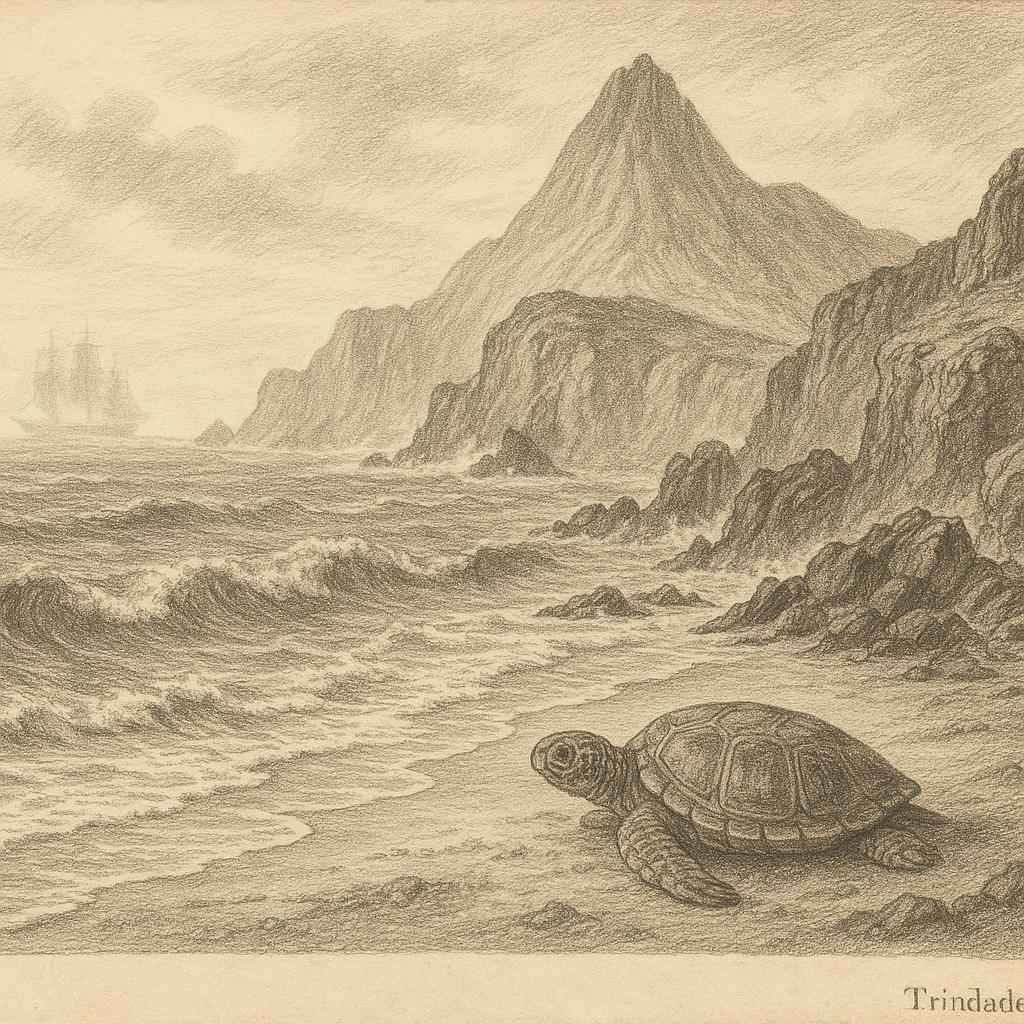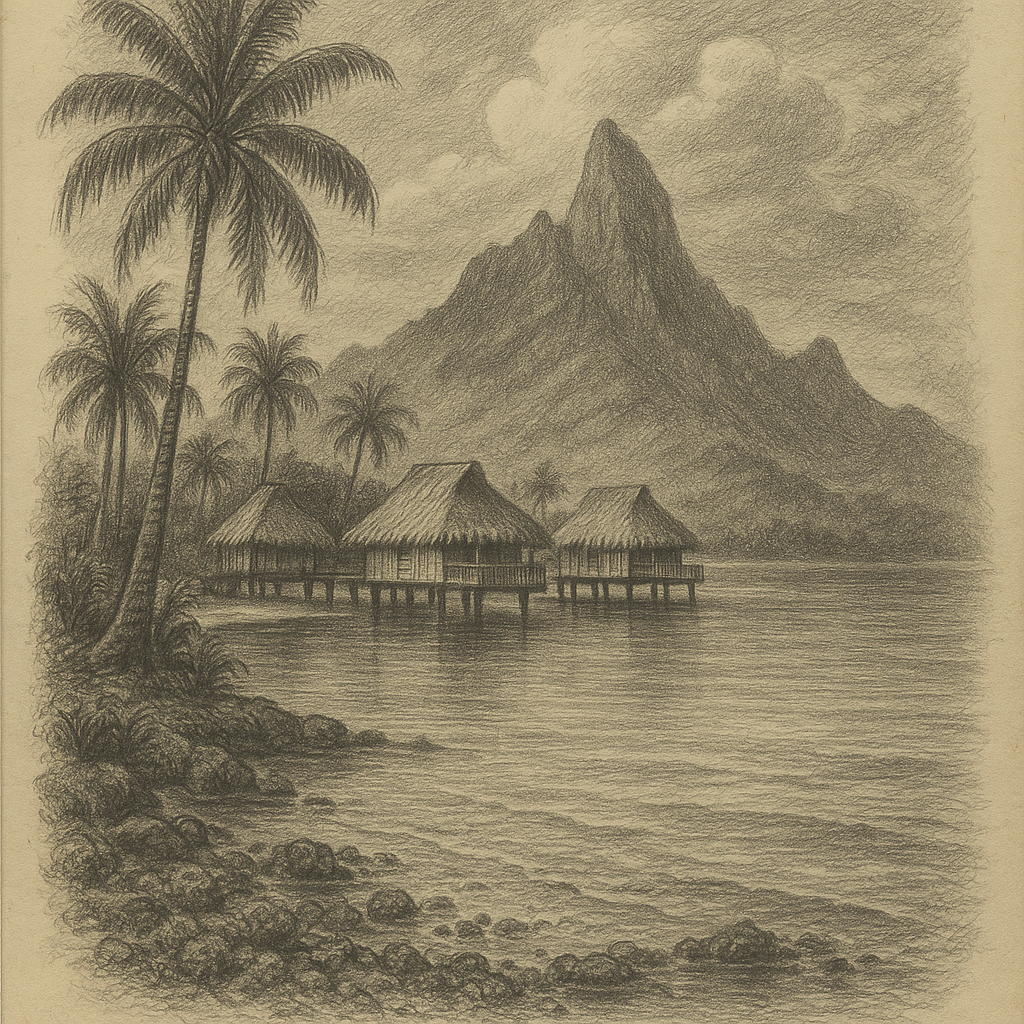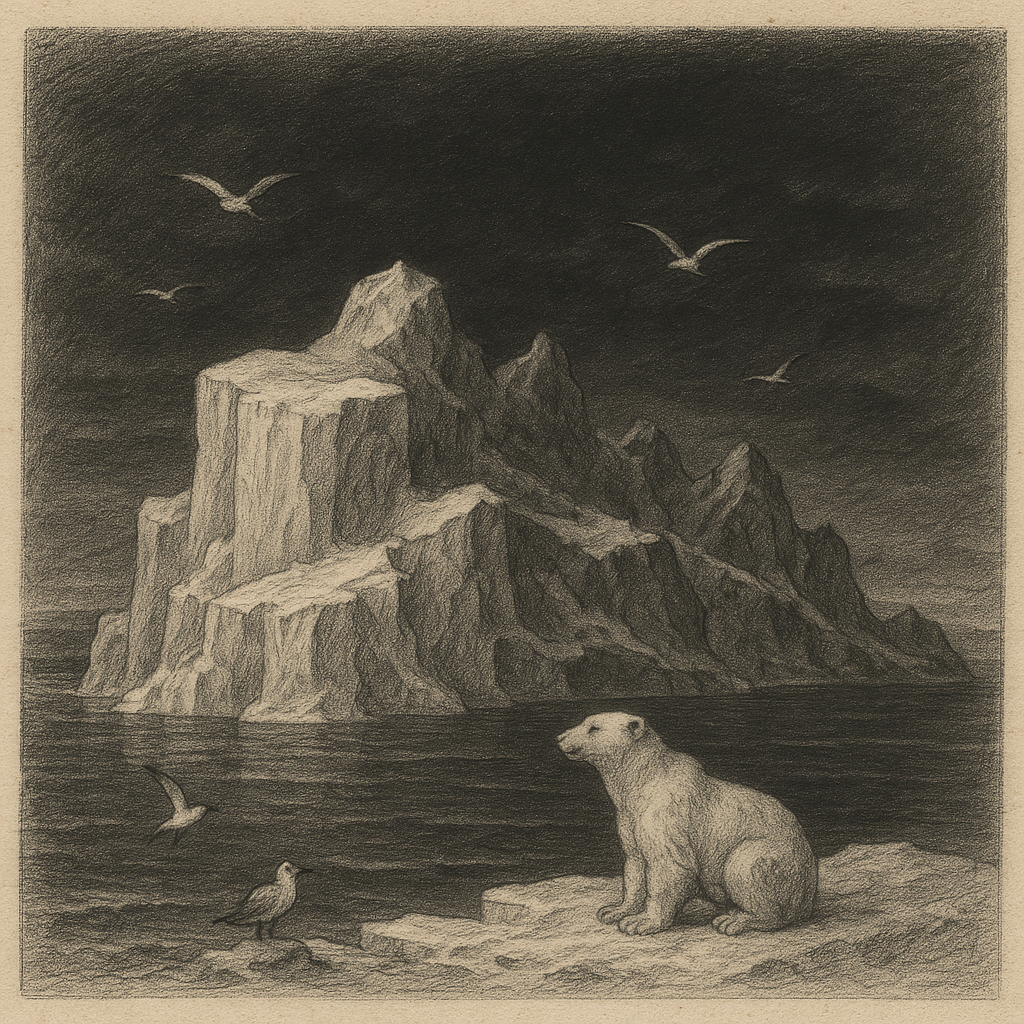Trindade and Martim Vaz Island: A Remote Outpost in the South Atlantic Trindade and Martim Vaz Archipelago, known in Portuguese as “Ilhas de Trindade e Martim Vaz,” is a remote group of volcanic islands located in the South Atlantic Ocean under Brazilian sovereignty. Situated approximately 1,200 kilometers off the eastern coast of Brazil near the city of Vitória in the state of Espírito Santo, these tiny islands are among the most isolated and environmentally significant territories of the South American nation. Despite their small area and desolate appearance, the islands have a fascinating geological past, ecological significance, and a mysterious halo of maritime legends. Geography and Geology The archipelago consists primarily of two main components: Trindade Island and the smaller Martim Vaz islets. Trindade Island, the largest of the group, measures roughly 10.4 km², while the Martim Vaz islands lie about 48 kilometers to the east and are composed of small rocky outcrops, uninhabitable by humans. Geologically, the islands are of volcanic origin and form part of the Vitória-Trindade seamount chain. This submarine chain extends westward toward the Brazilian mainland, created by activity associated with a volcanic hotspot, similar to the processes that have formed other isolated island chains such as Hawaii. The rocks found on Trindade reveal past episodes of basaltic lava flows, pyroclastic activity, and long periods of erosion. The terrain is rugged and mountainous, with high peaks like Pico do Desejado reaching up to 620 meters and forming a dramatic profile against the sea. Climate and Biodiversity The islands experience a tropical oceanic climate, characterized by relatively stable temperatures throughout the year, moderate humidity, and consistent winds. Rainfall is sufficient to support sparse vegetation, with frequent mist providing moisture to the higher elevations. Despite the islands’ barren first appearance, Trindade and Martim Vaz support unique ecosystems. Vegetation is mostly of the shrub and grass type, but decades-long conservation efforts have led to the re-introduction and persistence of endemic plant species. Notably, the islands serve as critical nesting grounds for green sea turtles (Chelonia mydas), one of the largest colonies in the South Atlantic. Numerous seabirds, including the Trindade petrel (Pterodroma arminjoniana), which is an endangered species, use the islands as important breeding grounds. Winds also bring flying insects and birds indirectly from the mainland, contributing to accidental and sometimes semi-permanent populations. Surrounding waters are rich in marine biodiversity, supporting fish, sharks, and coral habitats that are largely untouched by commercial fishing due to the islands’ remoteness. Human Presence and Exploration Over the centuries, Trindade and Martim Vaz have attracted explorers, naturalists, and navies from different countries, but human presence on the islands has always been temporary and utilitarian. The Portuguese were the first Europeans to sight the islands in 1502. Since then, the territory has been visited intermittently by scientific expeditions and naval forces. In the early 20th century, the islands became subject to territorial dispute when Britain briefly attempted to claim them, sparking a diplomatic response that led to reaffirmation of Brazil’s sovereignty. Today, Trindade is primarily used as a strategic military outpost by the Brazilian Navy, which maintains a small rotating crew of researchers and sailors on the island. A navy base supports scientific activities focused on meteorology, geology, and marine biology. These limited forms of habitation are strictly managed in order to avoid disruption of the local ecosystem. Points of Interest and Curiosities Despite its isolation, Trindade Island holds several notable geographical features and ecological marvels. A highlight is the remarkable Pedra da Tartaruga, literally “Turtle Rock,” a gigantic basaltic rock formation that resembles a turtle and is often used as a natural symbol of the island. There is also the Vale da Esperança, or “Valley of Hope,” a small, green ravine shaped by erosion over millennia and one of the few places on the island where vegetation thrives in relative abundance. Another curiosity lies just offshore: a group of coral-rich tide pools that host endemic fish species. Unlike many other Atlantic islands, Trindade has minimal human disturbance, which allows natural processes to unfold in relative isolation. Additionally, the island has played host to Brazilian environmental restoration projects, which have included controlling invasive species such as goats that were introduced during past occupation attempts and posed a threat to native flora. Legends and Mythology Like many remote islands, Trindade is cloaked in seafaring lore and legend. One of the best-known legends involves phantom ships appearing in the mist near Martim Vaz, said to be pirates guarding sunken treasure. Sailors speak of strange lights and unexplained noises emanating from the rocky outcrops, which have never been permanently inhabited by humans and are notoriously difficult to approach due to steep cliffs and rough seas. An intriguing chapter in the island’s esoteric folklore occurred in 1958, when a Brazilian military officer photographed what he claimed to be an unidentified flying object (UFO) hovering over the island. The official photos were released by the Brazilian Navy, sparking international interest and debate, especially among ufologists, who still cite the “Trindade UFO case” as one of the most credible military sightings of the 20th century. Access and Conservation Access to Trindade and Martim Vaz is extremely restricted. Civilian access requires special permission from the Brazilian Navy, and only a small number of authorized scientists and conservationists are allowed to visit. All food, water, and supplies must be brought from the mainland, and stays are usually limited to a few weeks. The delicate ecological balance and history of environmental degradation have motivated strong protections to be placed on the islands. Conservation efforts focus on habitat restoration, the monitoring of sea turtle populations, and controlling invasive species. Satellite tracking of turtle migrations has centered on Trindade as one of the core nesting areas in the South Atlantic, making the island a vital location for international marine conservation programs. Conclusion Trindade and Martim Vaz stand as one of Brazil’s most mysterious and ecologically sensitive protected areas. Combining dramatic volcanic topography, remarkable ecological communities, and a rich tapestry of myths and science, the archipelago is a remote sanctuary hidden in the vastness of the South Atlantic. Far from ordinary life and sheltered by the ocean, these islands remind us of the power of nature and the importance of preserving the ecological and cultural heritage of our planet’s most isolated outposts.

Trindade and Martim Vaz Island
Do you like my work? Buy Me A Coffee
Do you like my work? Buy Me A Coffee
-

Motu Tevairoa
Introduction to Motu Tevairoa Motu Tevairoa is a picturesque island located in the turquoise lagoons of Bora Bora, part of the Society Islands in French Polynesia. The island, while not as globally known as some of its larger neighbours, is a haven of natural beauty, cultural depth, and serene isolation. Nestled just to the northwest…
-

Hall Island
Hall Island: A Remote Arctic Enigma Nestled deep in the icy waters of the East Siberian Sea, Hall Island is one of the most remote and lesser-known territories within the Arctic realm. This desolate landmass, part of the Russian-administered De Long Islands, is a windswept and icy sentinel that bears witness to centuries of Arctic…
-

Trindade and Martim Vaz Island
Trindade and Martim Vaz Island: A Remote Outpost in the South Atlantic Trindade and Martim Vaz Archipelago, known in Portuguese as “Ilhas de Trindade e Martim Vaz,” is a remote group of volcanic islands located in the South Atlantic Ocean under Brazilian sovereignty. Situated approximately 1,200 kilometers off the eastern coast of Brazil near the…
by
Tags: